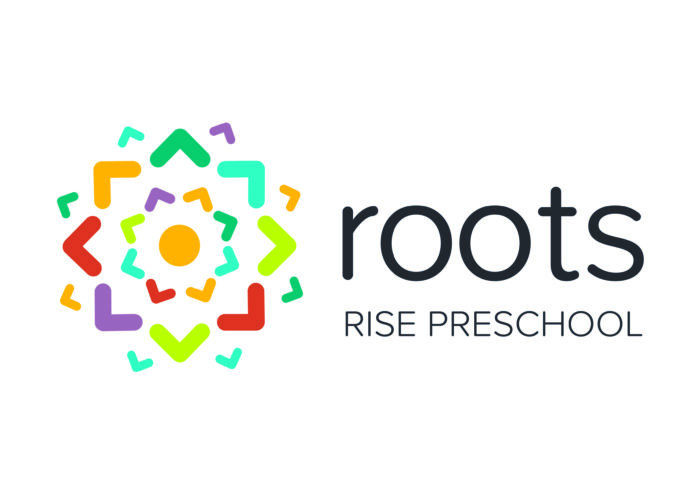The Importance of Instilling Kindness in Children from a Young Age and How We Can Encourage It


In today’s fast-paced world, raising compassionate and empathetic children is more important than ever. Kindness is more than a nice-to-have quality; it’s a life skill that fosters positive relationships, enhances emotional well-being, and contributes to a supportive community. Teaching kindness from a young age sets children on a path to becoming emotionally intelligent, responsible, and engaged individuals. Both parents and educators play a key role in nurturing this trait through everyday acts, intentional conversations, and by modeling empathy themselves. Here’s why kindness is essential in childhood and how we can foster it effectively.
Why Instilling Kindness Matters
Kindness has been shown to benefit children in numerous ways. Research suggests that children who practice kindness and are taught empathy are more likely to form positive friendships, display higher self-esteem, and demonstrate stronger problem-solving skills. This foundation of kindness not only helps children form stronger social bonds but also reduces bullying behavior, as children learn to empathize with others’ feelings. When children are kind, they experience what’s known as a “helper’s high,” a rush of endorphins and positive emotions that makes them feel happier and more connected to those around them.
By teaching kindness early, we also prepare children to become compassionate adults who contribute positively to society. In a world where negative news often dominates, raising kind children contributes to a ripple effect of positivity and empathy that can shape communities for the better.
How Parents Can Encourage Kindness
Parents are children’s first and most influential teachers, and instilling kindness begins at home. Here are a few effective strategies:
Model Kindness in Everyday Interactions
Children learn primarily by observing those around them. When parents demonstrate acts of kindness—whether through helping a neighbor, being polite to strangers, or expressing gratitude—they teach their children that kindness is an integral part of daily life. Take opportunities to explain why you’re helping others, so children understand the reasoning behind these actions.
Encourage Empathy Through Conversations
Helping children develop empathy is a powerful way to nurture kindness. When they encounter different situations—such as a friend being upset—ask questions like, “How do you think they feel?” or “What would make you feel better if you were in their place?” These conversations encourage children to consider others’ emotions and perspectives, which are the building blocks of empathy.
Reinforce Kind Behavior with Positive Feedback
When you notice your child acting kindly, make sure to acknowledge it. Positive reinforcement, such as saying, “I loved how you shared your toy with your friend,” helps children associate kindness with positive feelings and encourages them to repeat such behaviors.
Create Opportunities for Kindness
Plan activities that allow children to practice kindness, like writing thank-you cards, helping clean up, or donating toys to those in need. Through small actions, children learn that kindness isn’t limited to grand gestures—it can be as simple as lending a hand or saying “thank you.”
How Educators Can Foster Kindness in School Environments
Schools play a crucial role in reinforcing the values children learn at home. Educators can foster a classroom culture of kindness through both structured activities and everyday practices. Here’s how:
Set Kindness as a Classroom Norm
Creating a classroom environment that prioritizes kindness sets the tone for children to follow. Teachers can introduce a “kindness pledge” or establish rules that encourage respectful and empathetic behavior. Recognizing kindness as a core value reminds children to consider it in their interactions with peers.
Incorporate Kindness Activities into the Curriculum
Regularly integrating activities focused on kindness can make it a habit for young children. Teachers might start a “Kindness Challenge,” encouraging students to complete acts of kindness for others. Another idea is to have a “Kindness Tree,” where students add a leaf every time they notice a kind act. These visual reminders reinforce the importance of kindness while creating a collaborative classroom culture.
Promote Teamwork and Cooperation in Group Activities
Group activities are a fantastic way to help children understand the importance of working together with respect and empathy. By encouraging teamwork and cooperative learning, teachers can teach students how to communicate kindly, listen to others, and support one another’s ideas. Small group work helps students see firsthand how kindness positively impacts relationships and results.
Address Unkind Behavior Constructively
When unkind behavior arises, addressing it with a focus on empathy can turn it into a valuable learning experience. Instead of punitive measures, teachers can encourage students to reflect on how their actions made others feel and discuss how they might handle similar situations more kindly in the future. This approach helps children build self-awareness and accountability.
Celebrate Small Acts of Kindness
Recognizing even the smallest acts of kindness can have a big impact. A “Kindness Jar,” where students add a bead for each kind act they witness or perform, can visually reinforce the culture of kindness. When the jar is full, the class can celebrate with a small reward, teaching students that kindness is both fun and rewarding.
The Impact of Both Big and Small Acts
Both small and big acts of kindness make a difference in a child’s development. Simple acts—like holding the door, sharing a snack, or helping a friend—teach children that kindness doesn’t require much effort but can significantly impact someone’s day. Over time, these small acts build into a mindset where kindness becomes a natural response.
Larger acts of kindness, like organizing a charity drive or creating a kindness project in the classroom, help children understand that kindness can also address more significant community needs. These projects give children a sense of purpose, showing them they can make a meaningful difference in the world around them.
Building a Kinder Generation
By prioritizing kindness in childhood, we set the stage for a generation of empathetic, thoughtful, and responsible individuals. Whether at home or in school, the message should be clear: kindness is valuable, powerful, and essential. It doesn’t require grand gestures—small acts, when nurtured consistently, have the power to change lives and build a supportive, caring society.
Teaching kindness is a journey that requires patience and consistency, but the rewards are lasting. With encouragement, intentionality, and by modeling kindness ourselves, we can empower children to become beacons of positivity in their communities, spreading compassion wherever they go.

